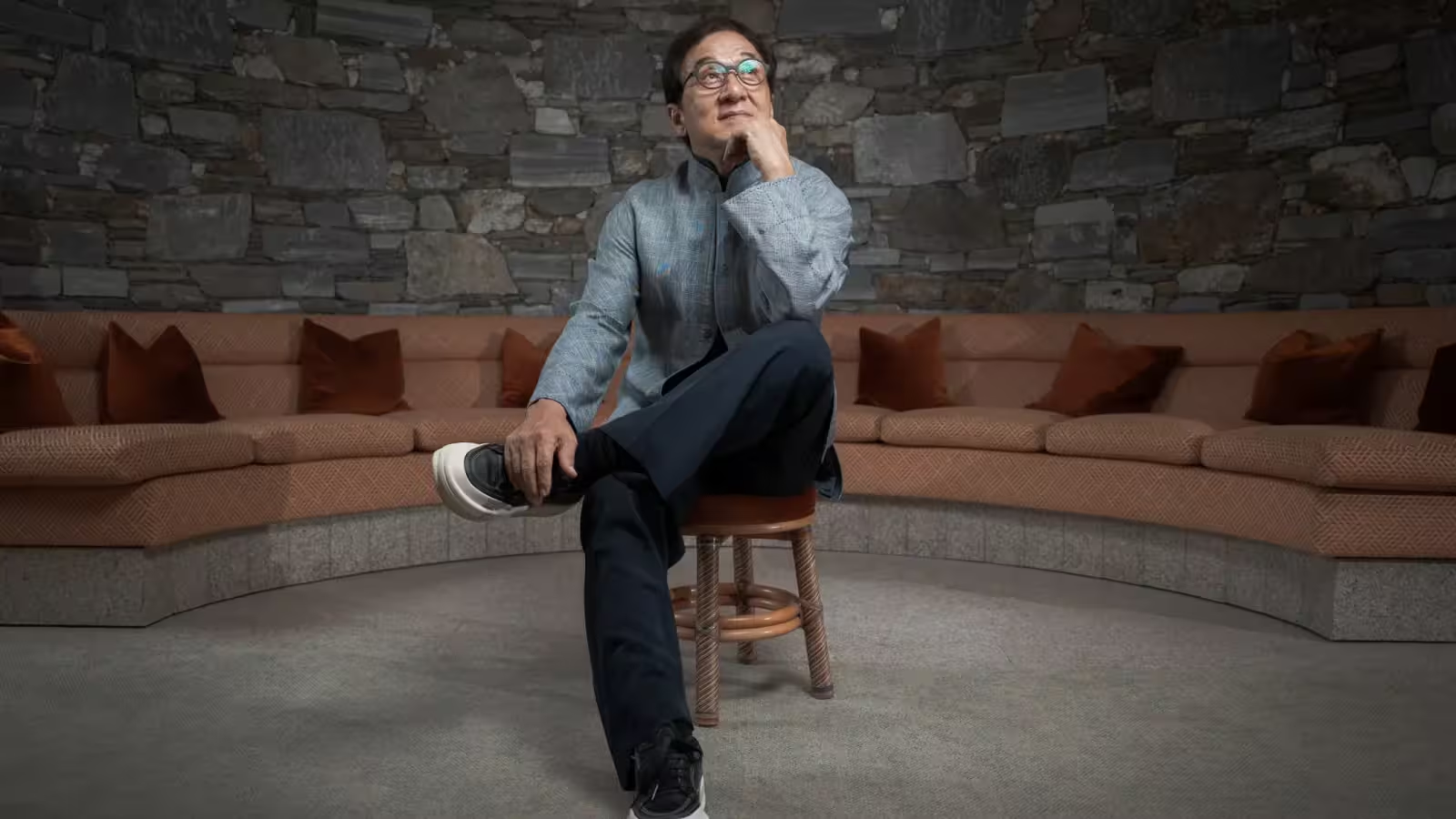6 Minutes
Introduction: A Standing Ovation in Locarno
Hong Kong-born superstar Jackie Chan received the Career Leopard honor at the 78th Locarno Film Festival, greeted by a packed house and heartfelt applause. Days later, Chan held a candid conversation about his long, shape-shifting career — a journey that began as a trainee at the China Drama Academy, continued through dangerous stunt work, and blossomed into decades of iconic action films that helped bridge Asian cinema and Hollywood.
What He Said: Career, Craft, and the Business of Movies
In front of an audience that queued early to secure seats, Chan mixed humor, humility, and hard-earned insight. He reflected on being pigeonholed early in his career and explained why he tried to evolve beyond pure stunt work. At one point he joked that he wanted to be thought of as an actor with fighting skills, not merely a stuntman who could also act — ‘‘an Asian Robert De Niro’’, he said, referring to his aspiration to be respected for dramatic depth as much as action choreography.
On studio filmmaking and creative limits
Chan also criticized the modern studio mindset, observing that many major companies now act more like business enterprises than filmmaking communities. He argued that this emphasis on profit has made it harder to produce truly original, risk-taking cinema.
Franchise Updates: Rush Hour, Shanghai Dawn and More
Fans were eager for news about franchise sequels. Chan addressed the long-rumored Rush Hour 4 and the prospective Shanghai Dawn — explaining that these projects remain complicated by schedules, creative alignment, and studio interest. He was candid but noncommittal: while there is desire to revisit beloved characters, nothing concrete is guaranteed until scripts, financing, and talent commitment align.
On Bruce Lee, Fist of Fury, and a Bowling Alley Anecdote
Chan revisited a formative memory working as a stunt performer on early films, including encounters with Bruce Lee on Fist of Fury. He recalled a moment when Lee tapped his shoulder and praised his perseverance after painful takes. He also laughed recounting how bringing Bruce Lee to a local bowling alley earned both men instant respect; Chan admitted he was a surprisingly good bowler.
The pressure of comparison
After Lee’s death, Chan was asked to step into a remake space, but he felt the script and character were wrong for him. Posters and promotions tried to frame him as the next Lee — big type proclaiming "the new Bruce Lee" while Chan’s name appeared in smaller print — a positioning he resisted. He made clear: he is not Bruce Lee; he is Jackie Chan, with his own comedic timing, stunt style, and filmmaking instincts.
Career Reinvention: Singing, Acting, and Letting the Next Generation Fight
One of Chan’s survival strategies has been reinvention. He taught himself to sing so TV hosts would stop asking him to spar on air — a practical pivot that earned laughs and saved his voice. Later career choices — including mentorship roles and parting the fighting legacy to younger performers — allowed him to showcase acting chops. He referenced his supporting role in a modern rendition of a martial-arts themed film that helped him step back from frontline fighting and be seen as an elder statesman of action cinema.
Tribute Screenings: Project A and Police Story
As part of the Locarno tribute, Chan personally introduced two classics he starred in and directed: Project A (1983) and Police Story (1985). Project A blends slapstick with perilous stunts and period Hong Kong flavor, while Police Story remains a landmark action-crime film whose daring setpieces and inventive choreography influenced global stunt work and action filmmaking. Both films showcase Chan’s talent as actor-director, choreographer, and storyteller.
Plot Summaries
Project A: Set in 19th-century Hong Kong, Project A follows a marine police officer whose rigid sense of duty collides with corrupt forces and slapstick mishaps. The film is known for elaborate practical stunts and a mix of humor and action.
Police Story: Chan plays a cop entangled in a dangerous undercover operation. The film is remembered for a signature mall stunt sequence and emotional beats that blend action with character stakes.
Cast, Crew and Production Notes
Both films were shaped by Chan’s hands-on approach: he often served as lead actor, fight choreographer, and director. He trained in the Peking Opera-style discipline of the China Drama Academy, and early experience as a stuntman and in films like A Touch of Zen taught him practical, physical filmmaking. His productions emphasized real stunts, inventive set design, and collaborative stunt teams who risked injury to achieve visceral action.
Critical Reception and Legacy
Locarno’s artistic director praised Chan as a megastar and master filmmaker whose influence rewrote rules in global cinema. Critics and audiences alike have acknowledged how Chan mixed slapstick, danger, and pathos to create a unique action-comedy language. While some studio-era movies underperformed when producers pushed him into a Bruce Lee template, Chan’s authentic films eventually won critical reassessment, solidifying his status as an icon of martial arts cinema and a bridge between East and West.
Personal Reflections and Final Thoughts
At 71, after a 64-year career, Chan remains self-aware: he admitted fear on set, acknowledged youthful rebellion, and emphasized the need to evolve. His advice to younger filmmakers is simple — be willing to change, learn new crafts, and prioritize storytelling over formulaic business models. For global fans of movies, TV series, and the arts, Chan’s story is a lesson in resilience, reinvention, and the power of cinematic risk.
Source: hollywoodreporter



Leave a Comment